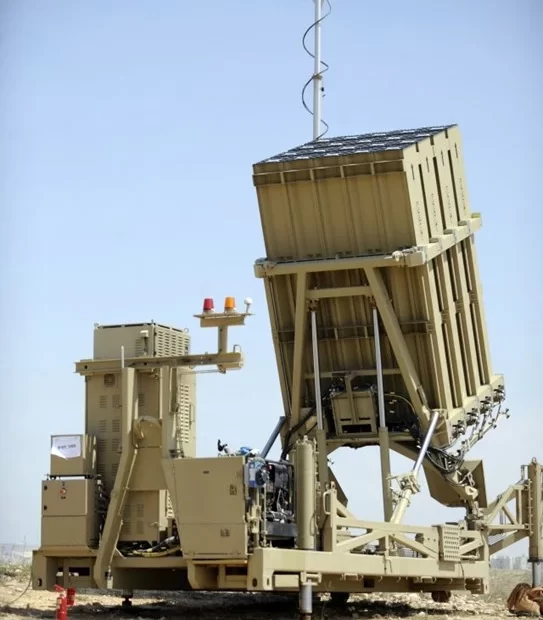
How Iran’s Missiles Bypassed Israel’s Arrow Defense System
Israel’s missile defense system, including the advanced Arrow-2 and Arrow-3 systems, was tested to its limits during Iran’s recent missile attack on October 1st, 2024. Despite a generally strong performance, a small number of Iranian missiles successfully evaded interception. This event has raised significant concerns about the vulnerabilities of Israel’s missile defense network.
How Iran’s Hypersonic Missiles Evaded Arrow Defense
Iran employed a mix of hypersonic and ballistic missiles, such as the Fatteh-2 hypersonic missile, which can travel at speeds of up to 16,000 km/h. This missile’s in-flight maneuverability, enabled by a hypersonic glide vehicle (HGV), presented a new challenge for Israel’s defense systems. The Arrow-3, designed to intercept missiles in the exosphere, found it difficult to engage with these fast, unpredictable projectiles.
The Role of Low-Altitude Cruise Missiles
Iran also launched a series of cruise missiles that fly at lower altitudes, out of the Arrow system’s reach. These missiles used terrain masking techniques, which involve flying close to the ground to avoid radar detection. This forced Israel’s missile defense systems to rely on lower-tier systems such as the David’s Sling and Iron Dome, which were not fully equipped to handle the high number of incoming threats.
Multi-Directional Attack Strategy Overwhelmed Defenses
The simultaneous launch of 170 drones, 30 cruise missiles, and 120 ballistic missiles overwhelmed Israel’s multi-layered defense structure. According to multiple sources, the Iranian strategy was to saturate Israel’s defenses, exploiting the system’s limitations when handling numerous threats from different altitudes and directions.
Advanced Interception and Defense Capabilities Still Show Strength
Despite these challenges, Israel’s defense system, supported by the US Aegis missile defense system, intercepted most of the missiles. The U.S. Navy destroyers based in the Mediterranean Sea played a crucial role in neutralizing some of the ballistic missiles, adding another layer of defense. However, the attacks exposed the necessity for advancements in Israel’s anti-hypersonic capabilities and in addressing low-altitude missile threats.
The attack highlighted that even state-of-the-art systems like Arrow-3 can be bypassed by a sophisticated combination of hypersonic and low-altitude projectiles. Analysts believe this could drive future investments and technological developments in missile defense to counteract hypersonic threats more effectively.
This incident emphasizes the critical importance of maintaining technological superiority in missile defense as threats continue to evolve across the Middle East.


















